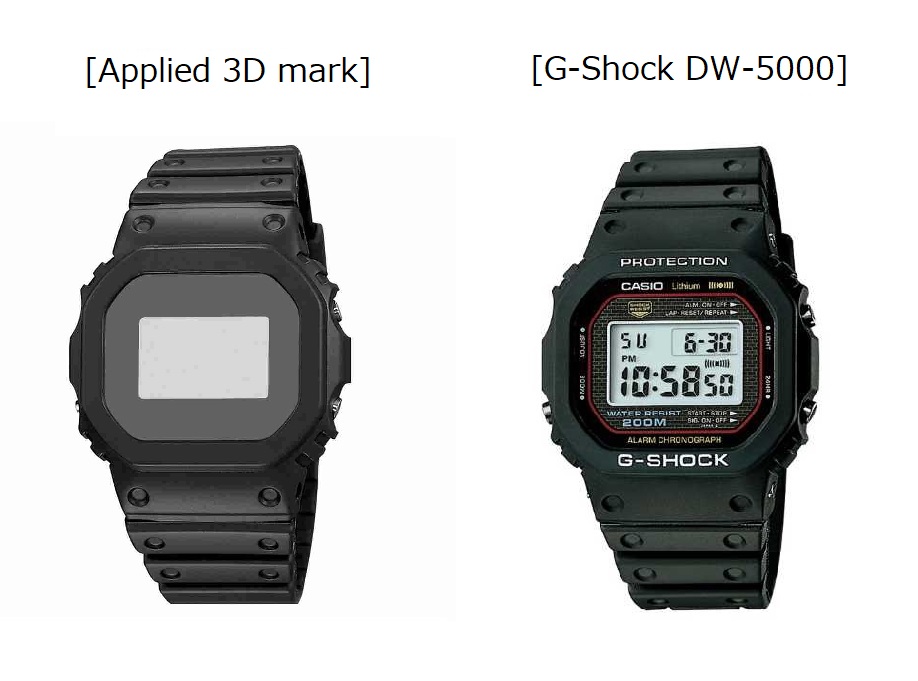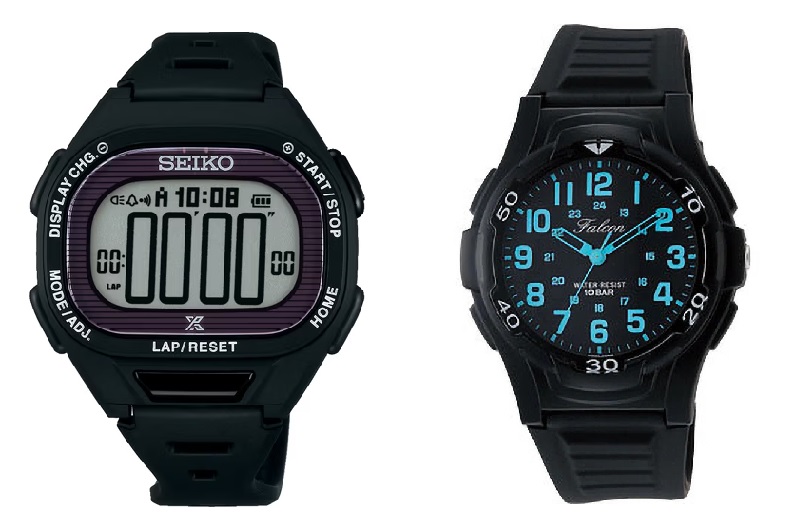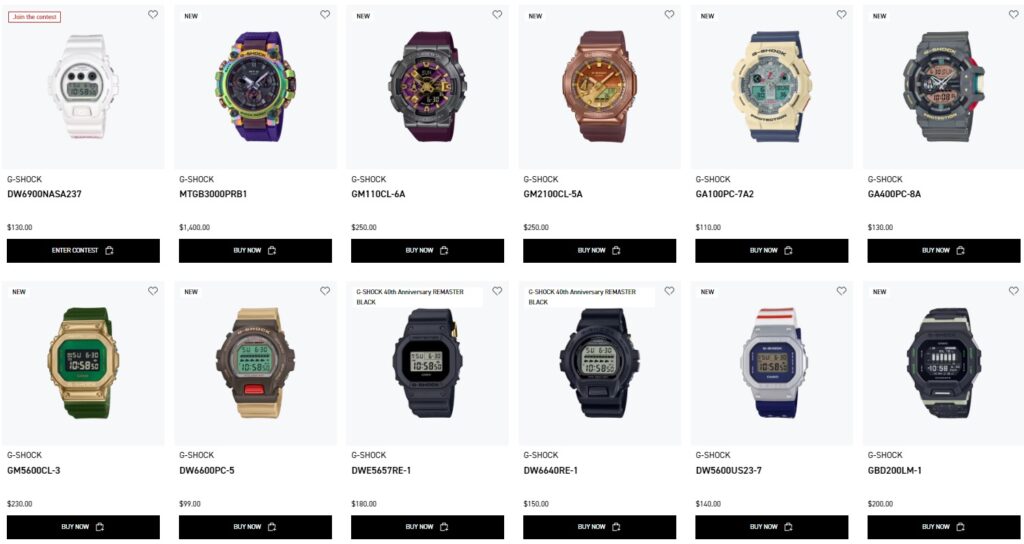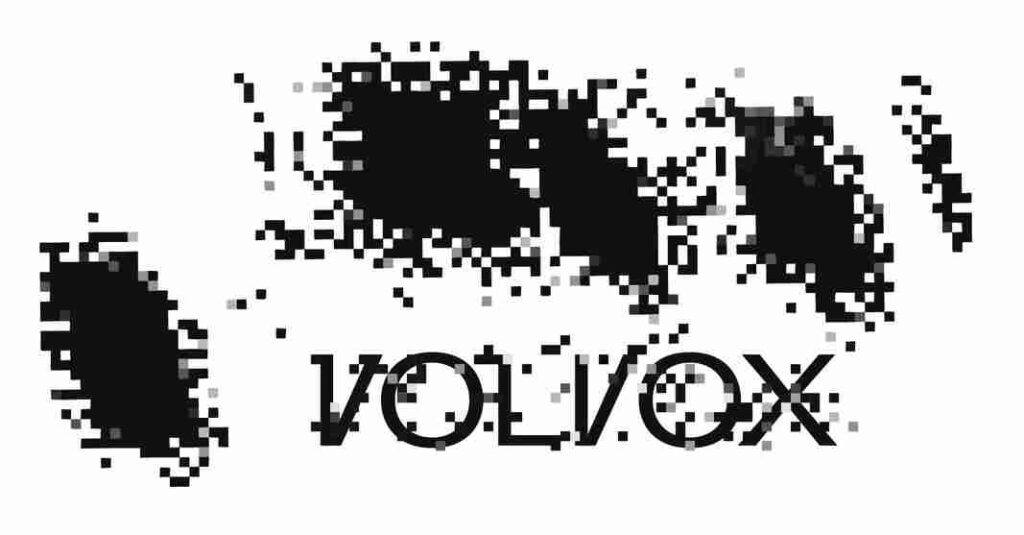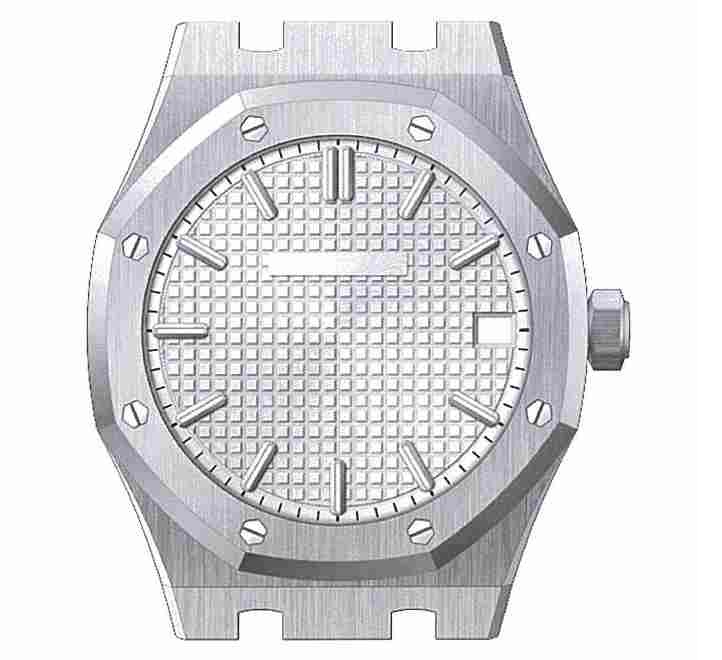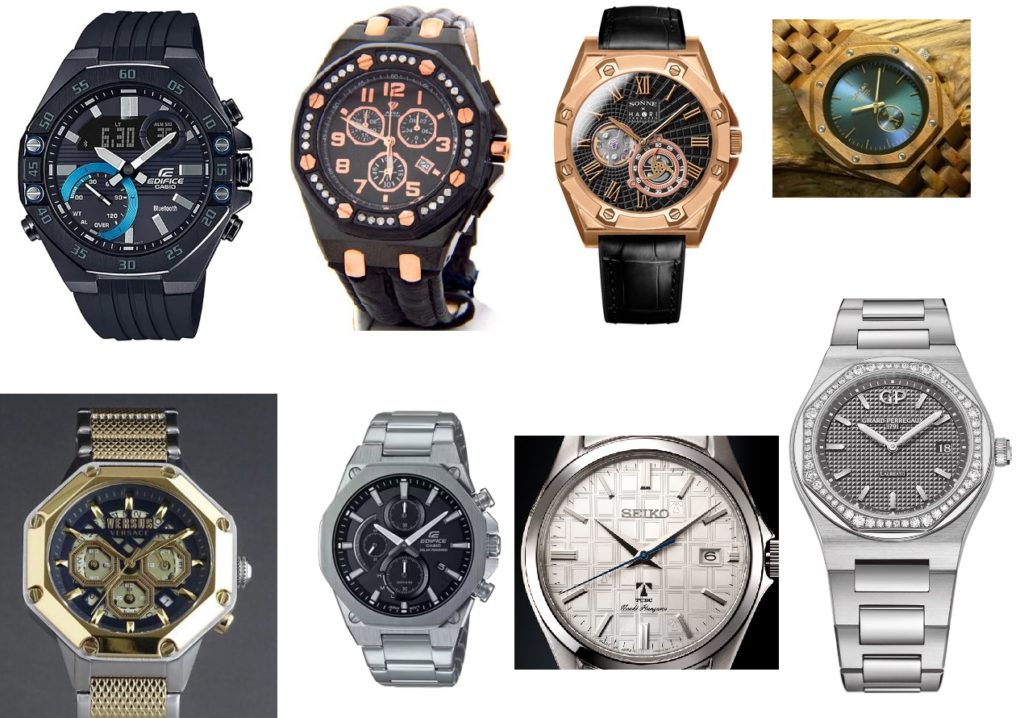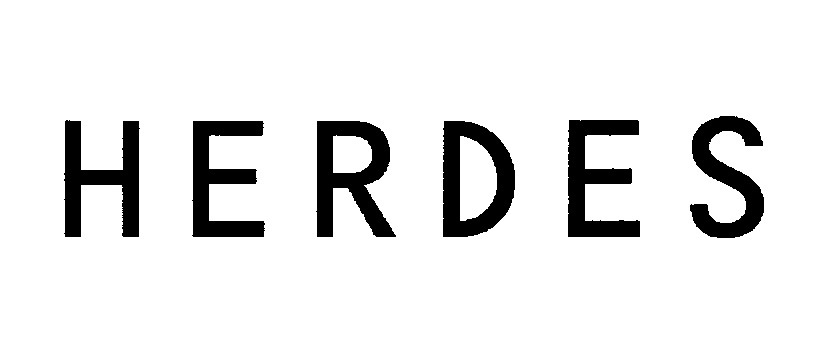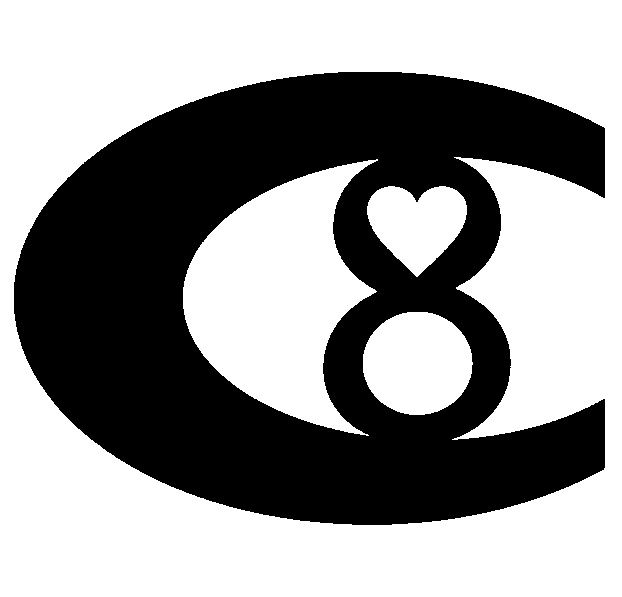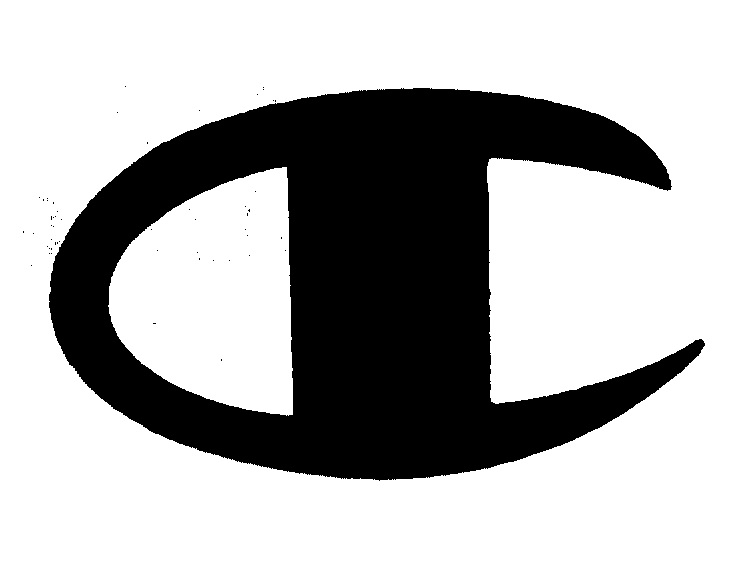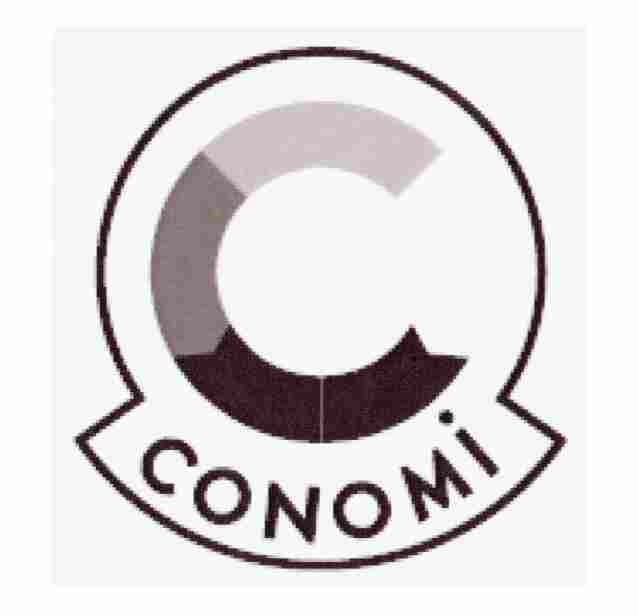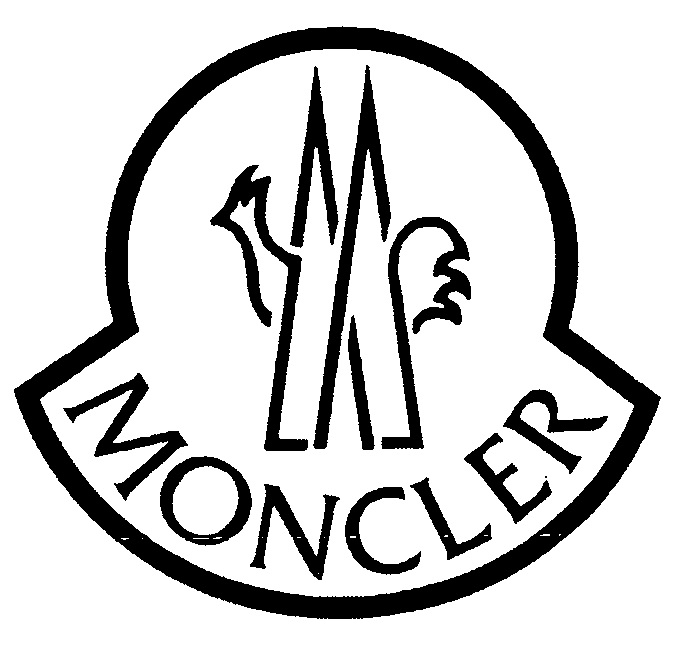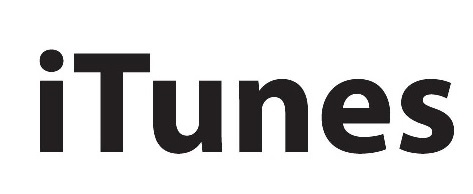The Japan Patent Office (JPO) did not side with Tommy Hilfiger and found TM Reg no. 6494831 “H by FIGER SPORTS” dissimilar to and unlikely to cause confusion with earlier trademark registrations for the Tommy Hilfiger marks.
[Opposition case no. 2022-900114, decided on June 22, 2023]H by FIGER SPORTS
The opposed mark (see below) was filed in the name of a Japanese person for use on clothing, footwear, sports shoes, and sportswear in class 25 with the JPO on November 25, 2020 (TM App no. 2020-150972).
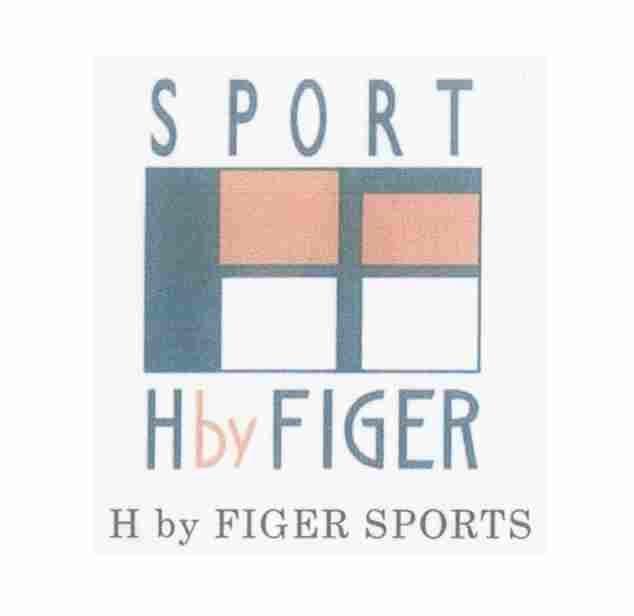
The applicant already owns trademark registrations for the mark “H by FIGER” with a device (see below) on classes 18 and 25 that has been used on apparel.
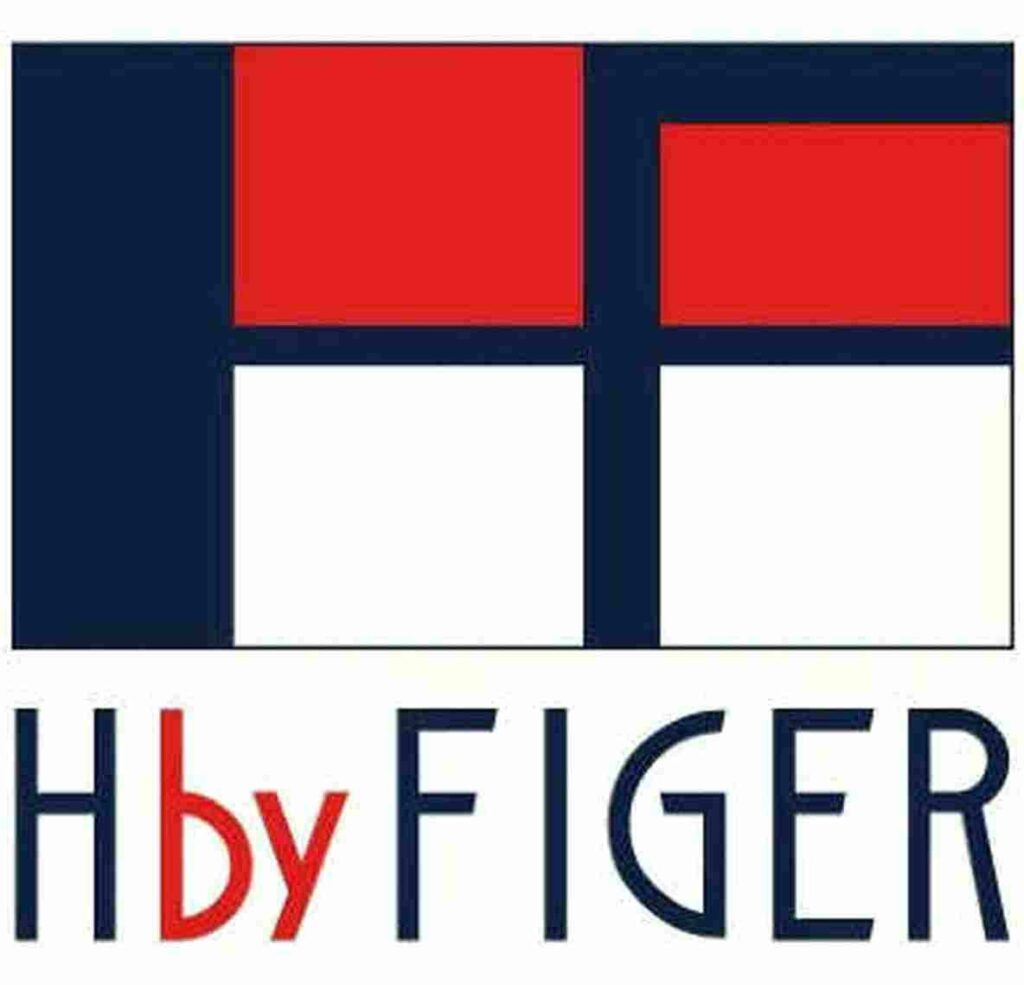
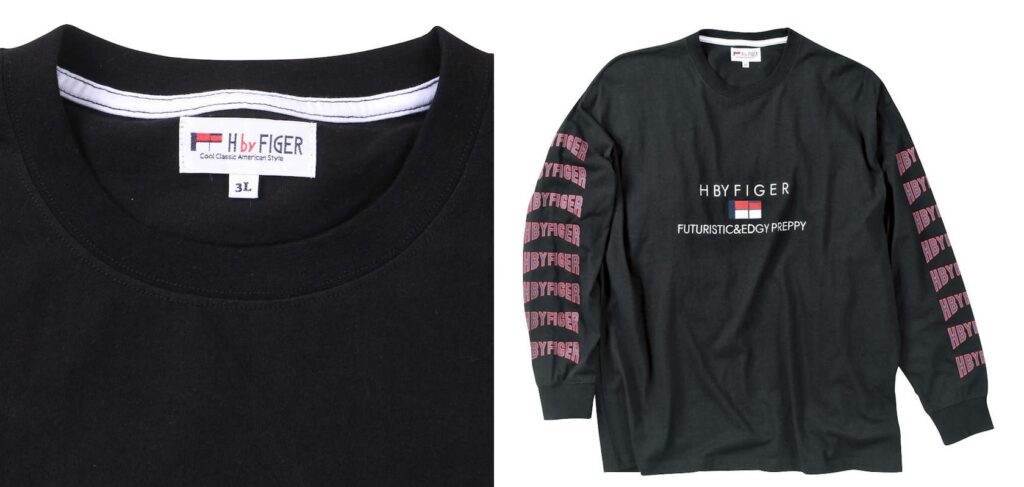
The JPO registered the opposed mark on January 5, 2022, and published it for a post-grant opposition on January 24, 2022.
Opposition by Tommy Hilfiger
On March 24, 2022, Tommy Hilfiger Licensing B.V. filed an opposition and claimed the opposed mark shall be canceled in contravention of Article 4(1)(xi) and (xv) of the Japan Trademark Law due to similarity to and the likelihood of confusion with earlier trademark registrations for the Tommy Hilfiger marks (see below).
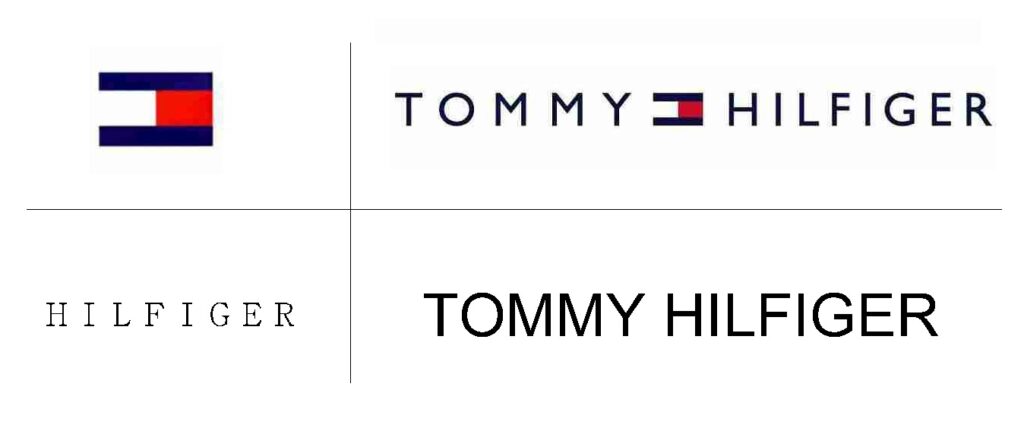
Tommy Hilfiger argued that by taking into consideration the remarkable reputation of the Tommy Hilfiger marks in relation to the goods in question, a difference of two letters between the literal element of the opposed mark “H by FIGER” and the opponent mark “HILFIGER” respectively consisting of eight letters and resemblance between a figurative element of the opposed mark and the Hilfiger flag logo, relevant consumers would associate the opposed mark with Tommy Hilfiger and confuse its source when used on apparels.
JPO decision
To my surprise, the JPO Opposition Board questioned the famousness of the Tommy Hilfiger marks because of insufficient evidence produced to demonstrate the substantial and extensive use of the opponent mark in Japan.
Besides, the Board denied similarity between the marks by stating:
- There is a clear distinction between “H by FIGER” and “HILFIGER” in appearance and sound regardless of the coincidence in the latter portion of “FIGER”.
- A figurative element of the opposed mark looks different and clearly distinguishable from the Tommy flag logo
Given a low degree of similarity between the marks and the opponent’s failure to prove a high degree of recognition of the opponent’s marks, the Board has no reason to believe relevant consumers are likely to confuse the source of goods in question bearing the opposed mark with Tommy Hilfiger.
Based on the foregoing, the Board decided the opposed mark shall not be canceled and dismissed the oppositions entirely.

